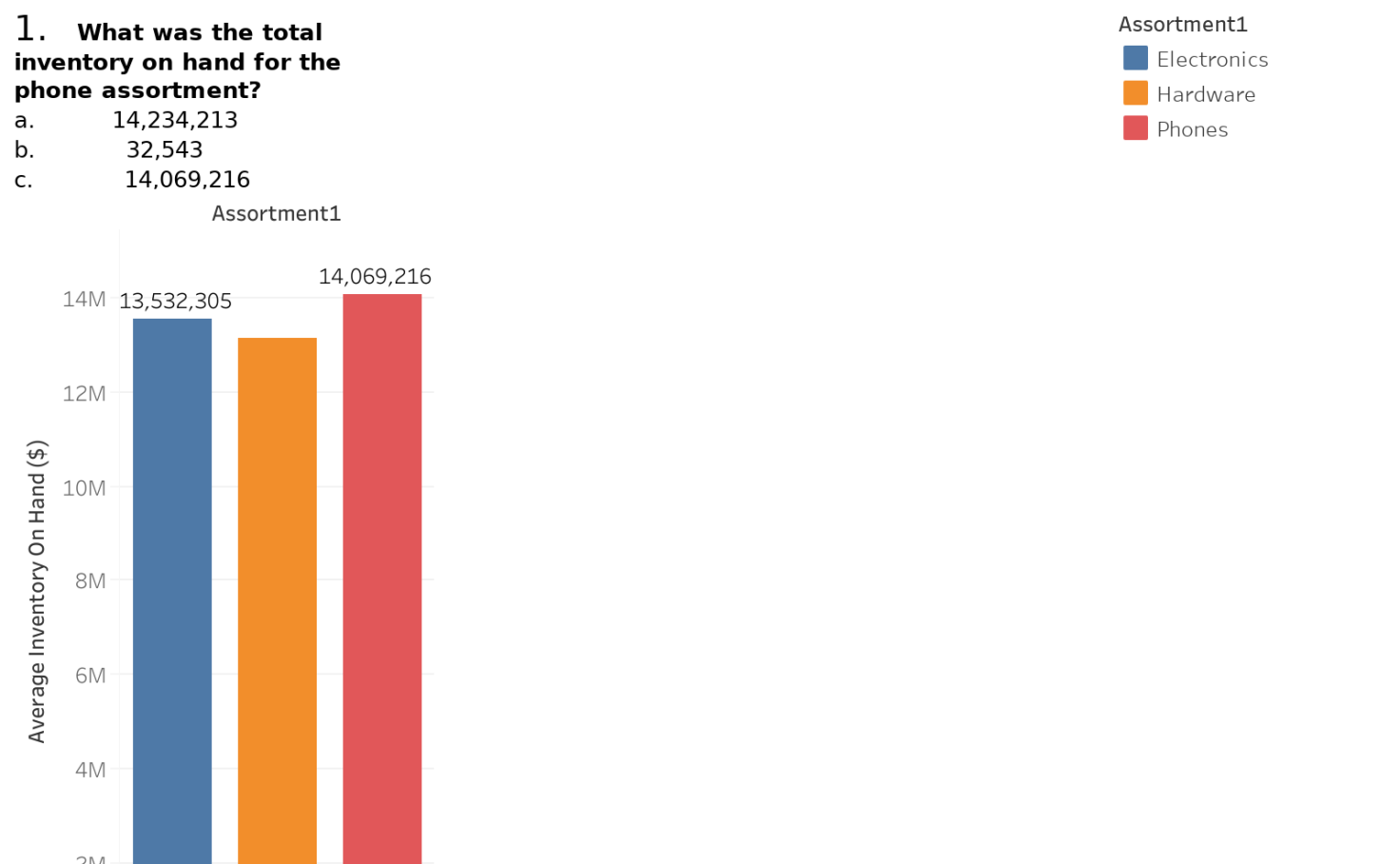

What you need to know about release upgradesįor information about new features added in recent release upgrades, see What’s New in Tableau Desktop (Link opens in a new window) or What's New in Tableau Prep Builder (Link opens in a new window) in the Tableau and Tableau Prep Builder Help. If the Downloads folder doesn't exist, the installers are downloaded to the TEMP/TableauAutoUpdate folder.
Tableau public desktop install#
Follow the installation instructions in Install From the User Interface and Install From the Command Line.For Tableau Desktop Public Edition, go to Tableau Public to find the latest installer.Go to the Product Downloads and Release Notes (Link opens in a new window) page to see the latest releases.
Tableau public desktop upgrade#

Make sure that the version of Tableau Desktop you're installing and subsequent updates are compatible with the version of Tableau Server being used. Does your organization also use Tableau Server? You can run into compatibility issues when you try to share files between different versions of Tableau Desktop and between Tableau Desktop and Tableau Server and Tableau Cloud.Tableau tests each new version thoroughly, but every environment is unique and a test drive is never a bad idea. Are there any power users within your organization? If so, they should install and test the new version before the rest of the users do.
Tableau public desktop full#
Note: Use Tableau Release Navigator to search for features in Tableau Desktop, Server, and Prep, or to see a full list of features when comparing your current version of Tableau to a later one.

To take advantage of new features as well as other improvements and enhancements, upgrade to the latest version. Secondary bacterial infections (i.e.Tableau regularly releases new versions of Tableau Desktop, Tableau Prep Builder, and Tableau Desktop Public Edition.Inflammation of the heart, brain or muscle tissues.Worsening of chronic medical conditions (involving the lungs, heart, nervous system or diabetes).Multiple-organ failure (respiratory failure, kidney failure, shock).Acute respiratory distress syndrome (i.e.For those with COVID-19, it’s possible for people to spread the virus for about 2 days before experiencing signs or symptoms and remain contagious for at least 10 days after signs and symptoms first appeared.īoth COVID-19 and flu can result in complications, including: Most people with the flu are contagious for about 1 day before they show symptoms. Other signs and symptoms of COVID-19, different from flu, may include change in or loss of taste or smell. Public Health Information and Fact Sheetsįlu viruses can cause mild to severe illness, including common signs and COVID-19 symptoms.ĬOVID-19 seems to cause more serious illnesses, in some people.Tuberculosis Testing and Case Management.Intensive In-home Behavioral Health Treatment.


 0 kommentar(er)
0 kommentar(er)
